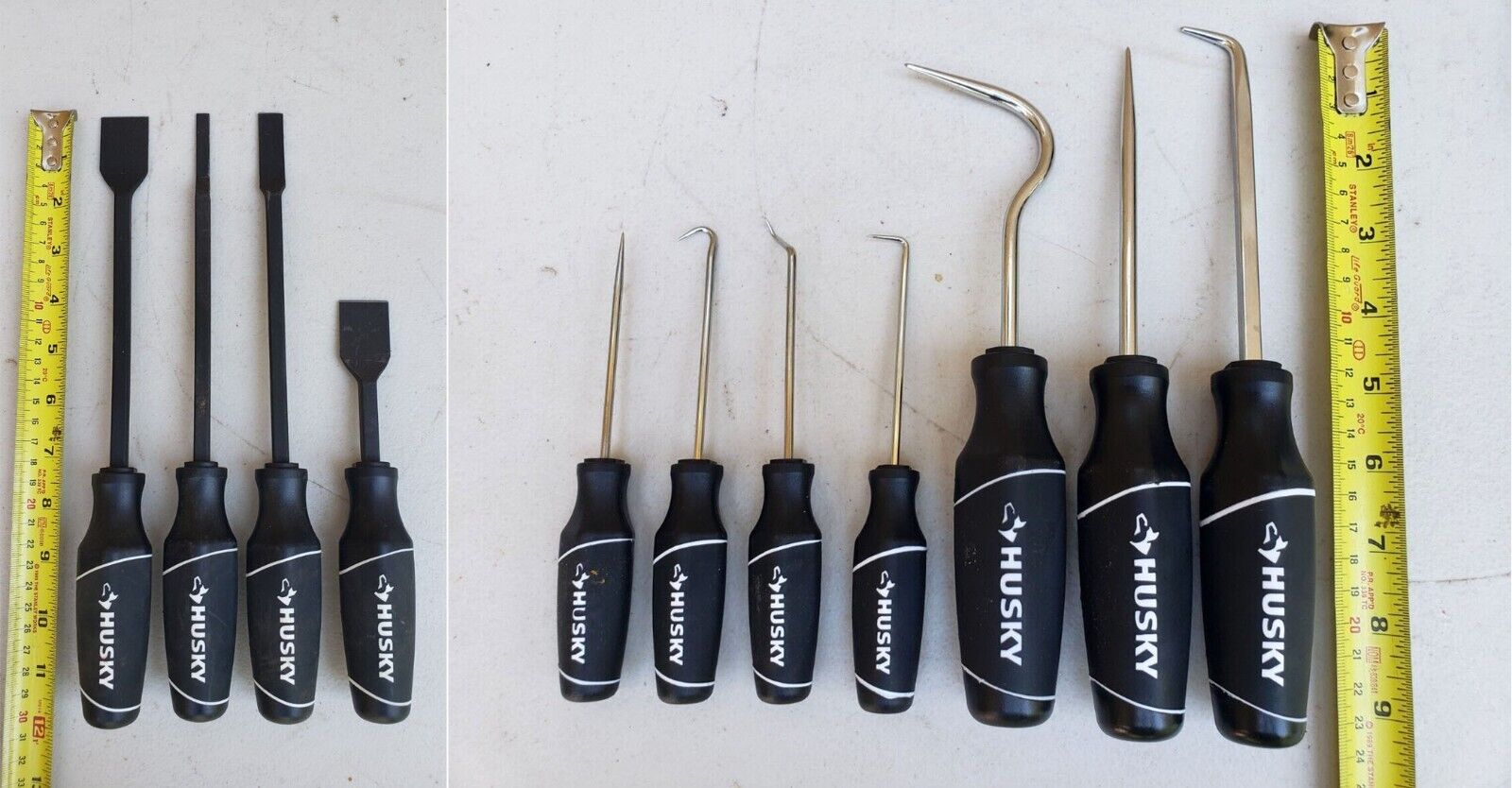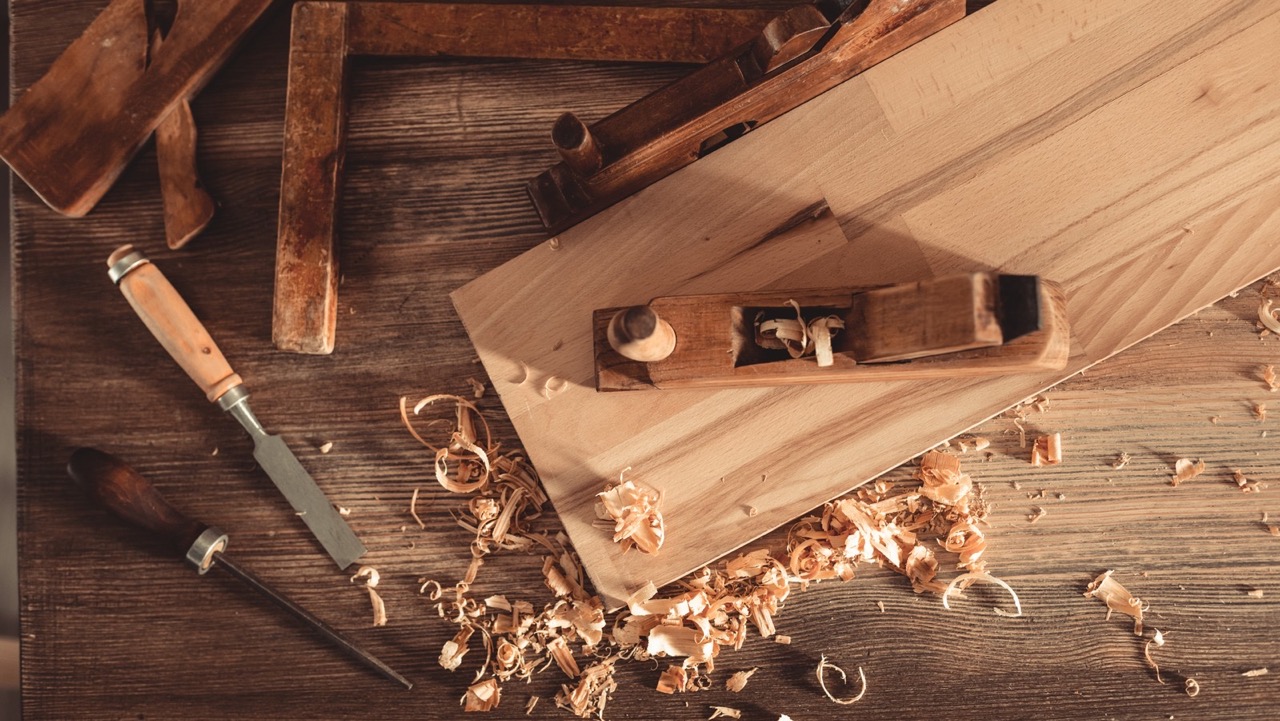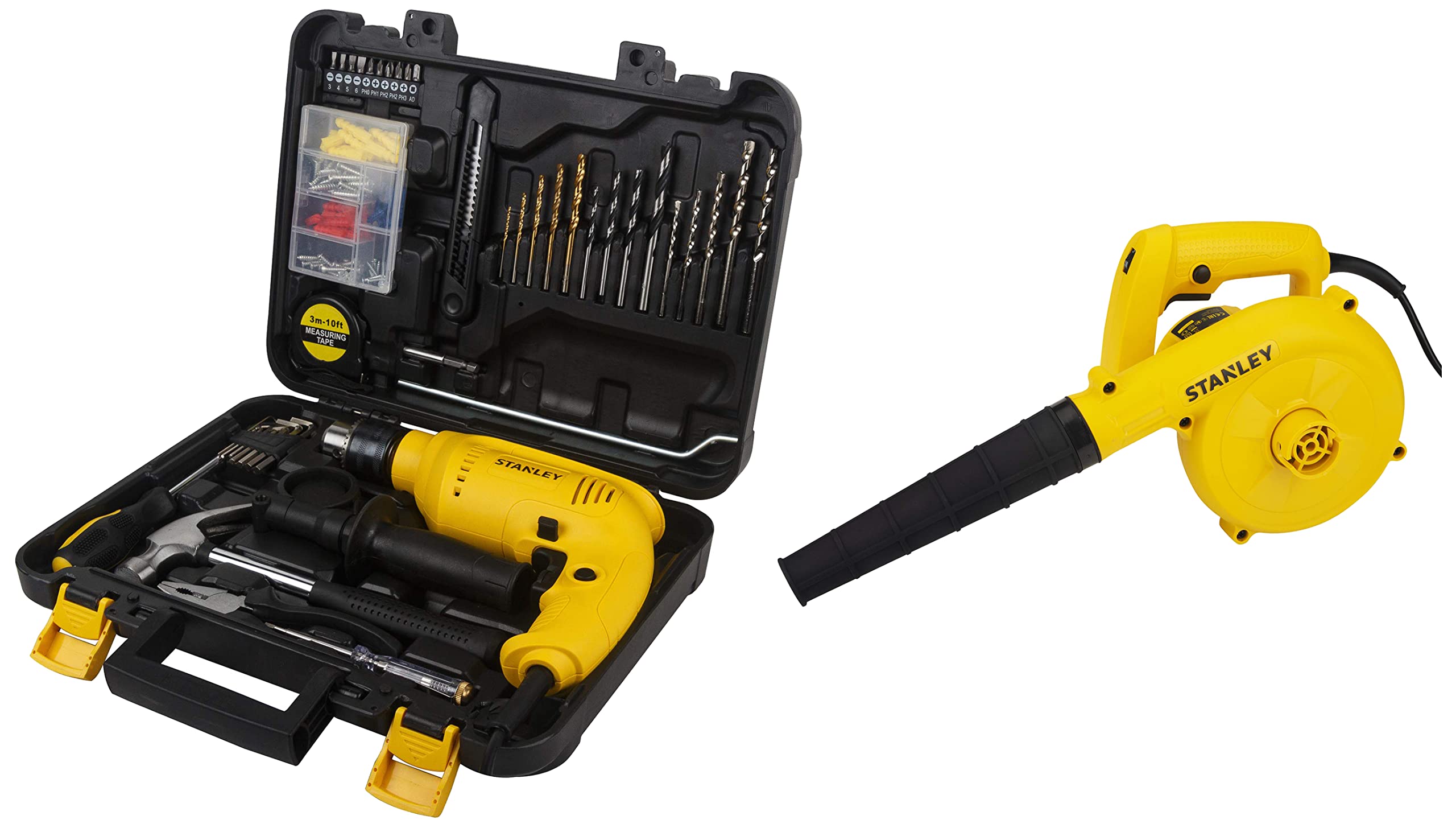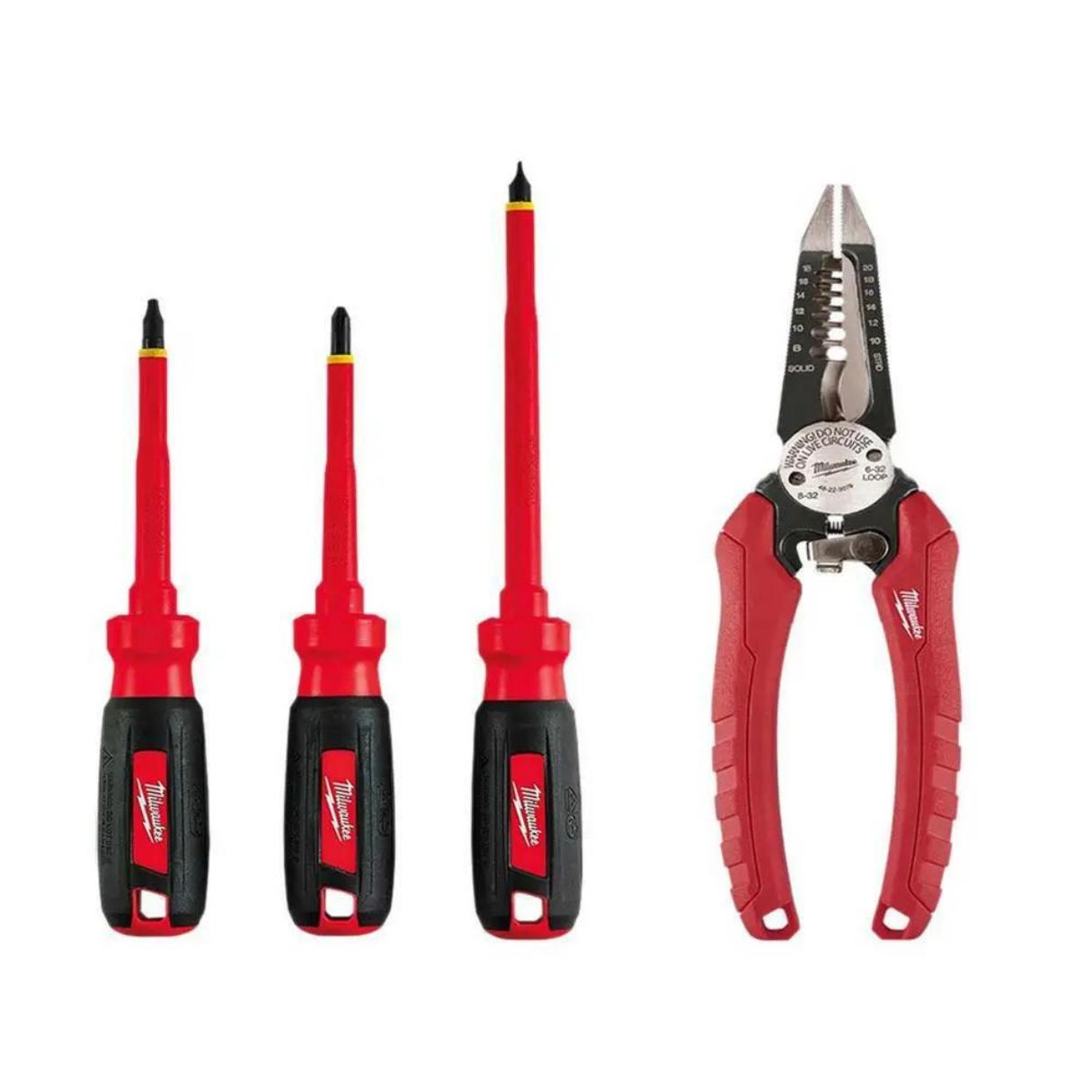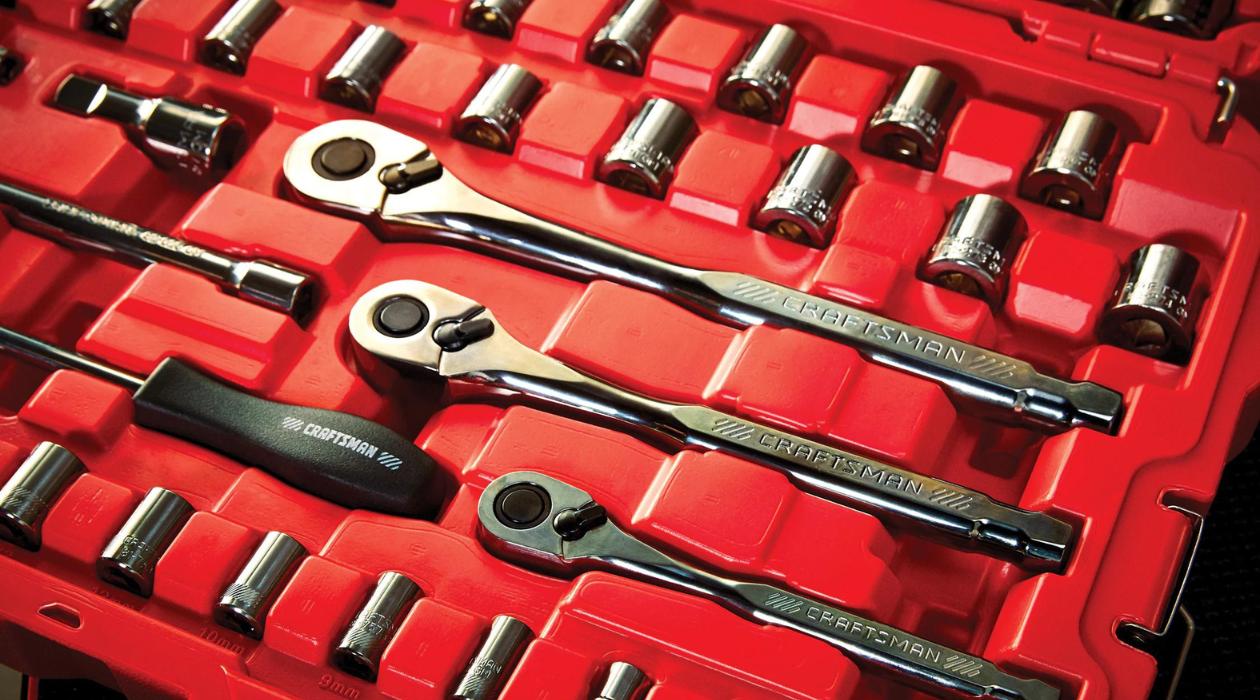Home> Warranty Hand Tools
Warranty Hand Tools: Uncover Excellent Coverage & Quality
Explore our comprehensive guide on Warranty Hand Tools. Learn about their benefits, top brands, and how to choose the right one for your needs.
How Do I Get Broken Craftsman Hand Tools Replaced Under Warranty
By: Alexander Johnson • Articles
